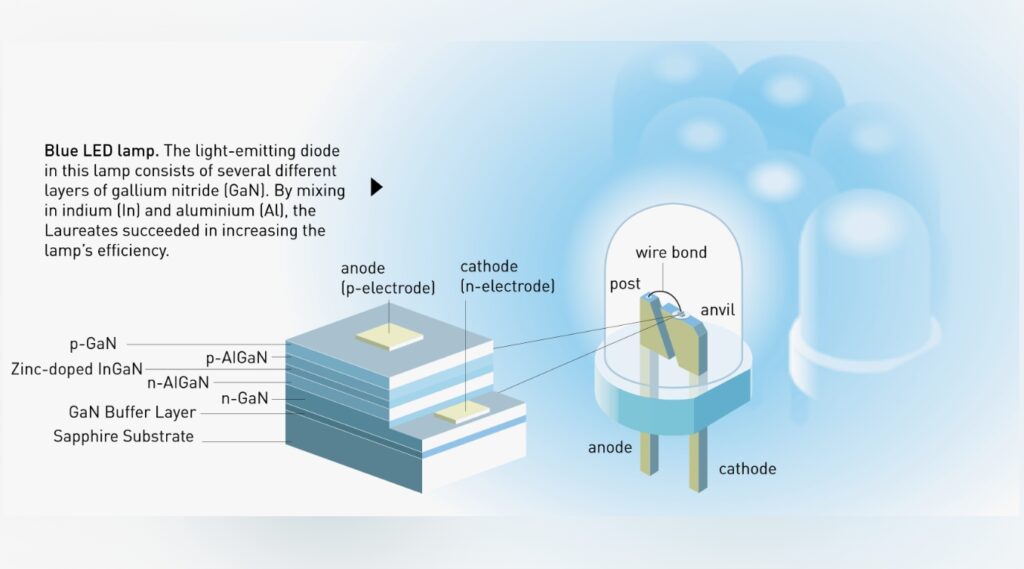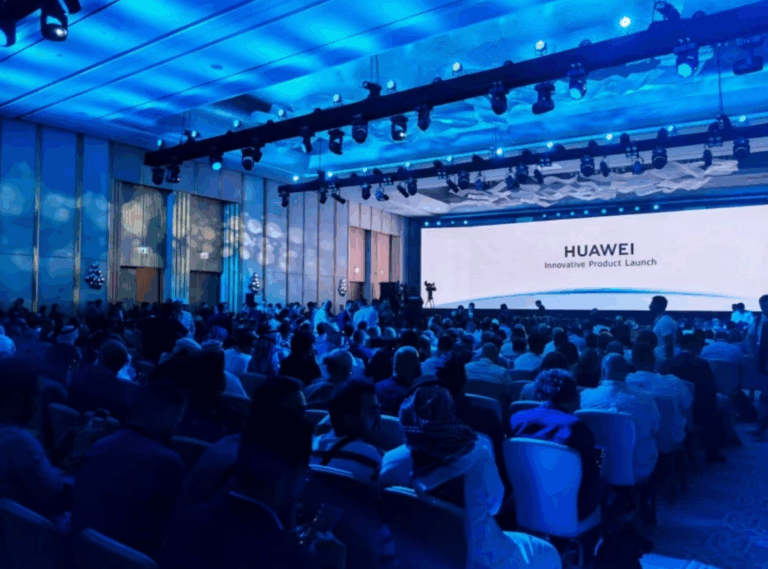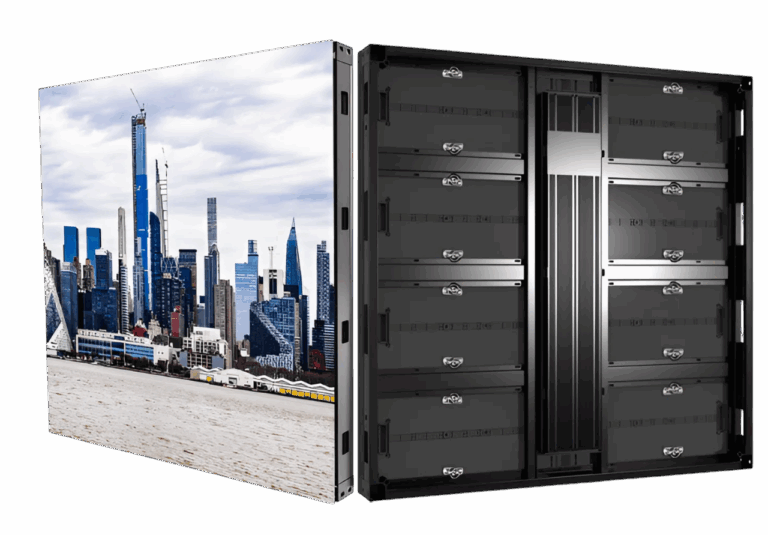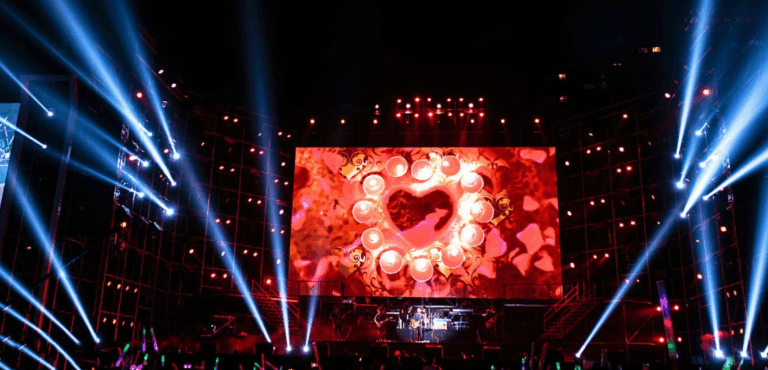Table of Contents
1. How do LED Chips Work?
2. Factors Affecting the Efficiency of LED Chips
1. How do LED Chips Work?
The working principle of LED chips relies on the characteristics of semiconductor materials, which generate photons‘ energy by electron-hole recombination under applied voltage. Take you to understand LED chips: technology, application and development.
Specifically, the working process of LED chips is as follows:
Within the LED chip, a PN junction is formed by combining P-type and N-type semiconductors.
When an external voltage is applied to the PN junction, electrons flow from the N-type semiconductor to the P-type semiconductor, while holes flow from the P-type semiconductor to the N-type semiconductor.
Electrons and holes recombine near the PN junction, releasing the energy of photons.
The wavelength of photons determines the color of light.

2. Factors Affecting the Efficiency of LED Chips include:
Characteristics of Semiconductor Materials
Structure of PN Junction
Magnitude of Applied Voltage
a. Characteristics of Semiconductor Materials
Semiconductor materials refer to materials that conduct electricity between conductors and insulators at room temperature. The characteristics of semiconductor materials mainly include:
Conductivity: The conductivity of semiconductor materials lies between that of conductors and insulators, and their resistivity changes with temperature.
Band Structure: The band structure of semiconductor materials consists of a valence band and a conduction band. The valence band is the energy level that electrons can occupy, while the conduction band is the energy level that electrons cannot occupy.
Charge Carriers: There are two types of charge carriers in semiconductor materials: electrons and holes. Electrons are charge carriers with negative charges, while holes are charge carriers with positive charges.
Doping: Semiconductor materials can change their conductivity by doping, which involves introducing atoms of one element into the crystal of another element.

b. Structure of PN Junction
The PN junction is a structure formed by the combination of P-type and N-type semiconductors. The P-type semiconductor contains a large number of holes, while the N-type semiconductor contains a large number of electrons.
At the interface of the PN junction, a space charge region is formed due to the diffusion of electrons and holes. There are no free charge carriers in the space charge region, so it has a high resistivity.

c. Magnitude of Applied Voltage
Forward Bias: When the applied voltage is forward biased, electrons flow from the N-type semiconductor to the P-type semiconductor, and holes flow from the P-type semiconductor to the N-type semiconductor. The larger the forward bias voltage, the larger the current flowing through the PN junction, and thus, more light is generated.
Reverse Bias: When the applied voltage is reverse biased, electrons flow from the P-type semiconductor to the N-type semiconductor, and holes flow from the N-type semiconductor to the P-type semiconductor. The larger the reverse bias voltage, the smaller the current flowing through the PN junction, resulting in less light being generated.
Breakdown: When the applied voltage exceeds a certain value, the PN junction undergoes breakdown, and the current flowing through the PN junction suddenly increases. Breakdown can damage LED chips.
Therefore, when using LED chips, attention should be paid to the magnitude of the applied voltage to avoid damaging the LED chips. Do you understand the difference between CSP and COB LED chips?

Summary
The characteristics of semiconductor materials, the structure of the PN junction, and the magnitude of the applied voltage are important factors affecting the operation of LED chips. Understanding these factors can help in better utilizing LED chips.





